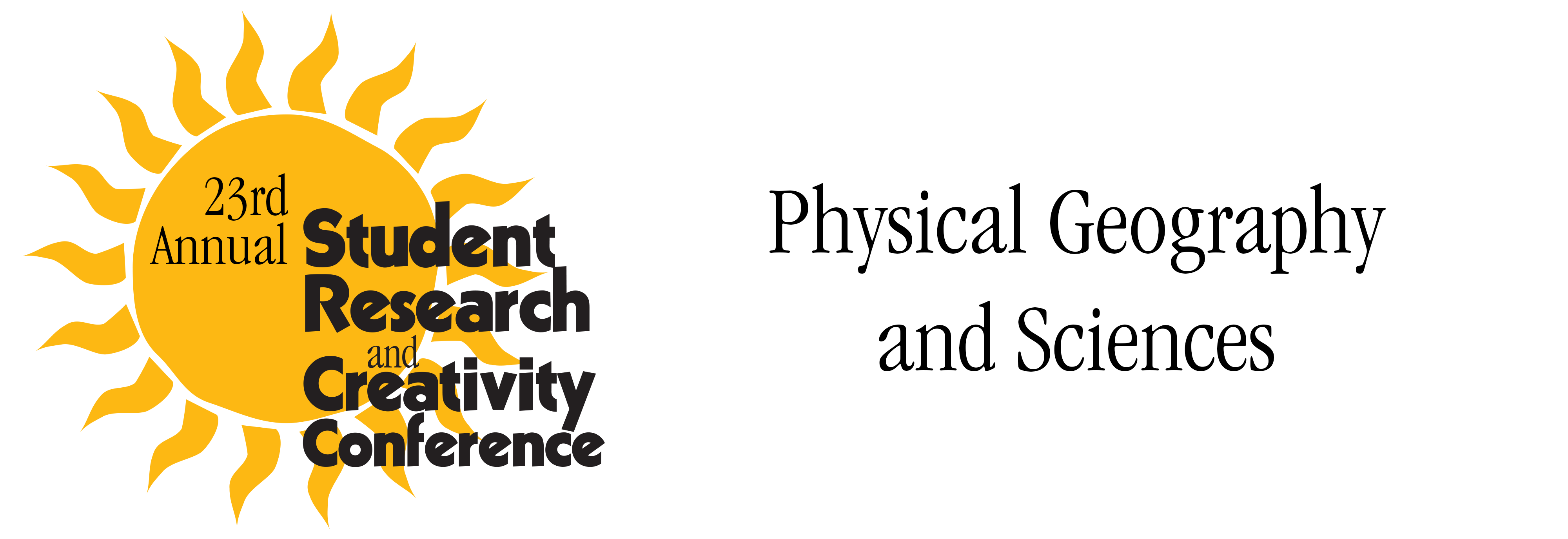
Files
Download Full Text (1.8 MB)
Description
Gerald Harlach, GES472: Geology Senior Seminar
Faculty Mentor(s): Professor Elisa Bergslien, Earth Sciences and Science Education
The purpose of this study is to determine whether zebra mussel (Dreissena polymorpha) and/or the now dominant quagga mussel (Dreissena bugensis) are a major factor contributing to the dead zone in the central basin of Lake Erie. Both zebra and quagga muscles are invasive species that have had harmful effects on the Great Lakes. They are both extraordinary filter feeders. The zebra mussel can filter feed on particulates down to the size of one micron whereas the quagga mussel can filter feed particulates down to the sub-micron level. This reduces the nutrients available for native species. In addition, this has led to many areas of the lake becoming much clearer due to the lack of detritus and other particulates in the water column. Due to the substantially reduced turbidity in these areas, sunlight penetrates much further into the otherwise darker depths, increasing water temperature and leading to enhanced photosynthesis in plant life. This, in turn, leads to algal and seaweed blooms, which pose additional problems, not only for biodiversity of the lake, but for economic, human, commercial and industrial health. The blooms remove oxygen from the water, resulting in dead zones. To study this proposed relationship, dissolved oxygen levels will be determined to establish the parameters of the dead zone, dredge samples will be taken from areas both inside and outside the dead zone to determine the relative abundance of different members of the benthic community, the amount of phosphorus in the water will be determined to see if it can serve as an indicator of mussel abundance and the temperature and turbidity of the water column will be studied.
Publication Date
2021
Recommended Citation
Harlach, Gerald, "Environmental Impacts of Zebra and Quagga Mussels in Lake Erie Central Basin" (2021). Physical Geography and Sciences. 20.
https://digitalcommons.buffalostate.edu/srcc-sp21-physgeosci/20



